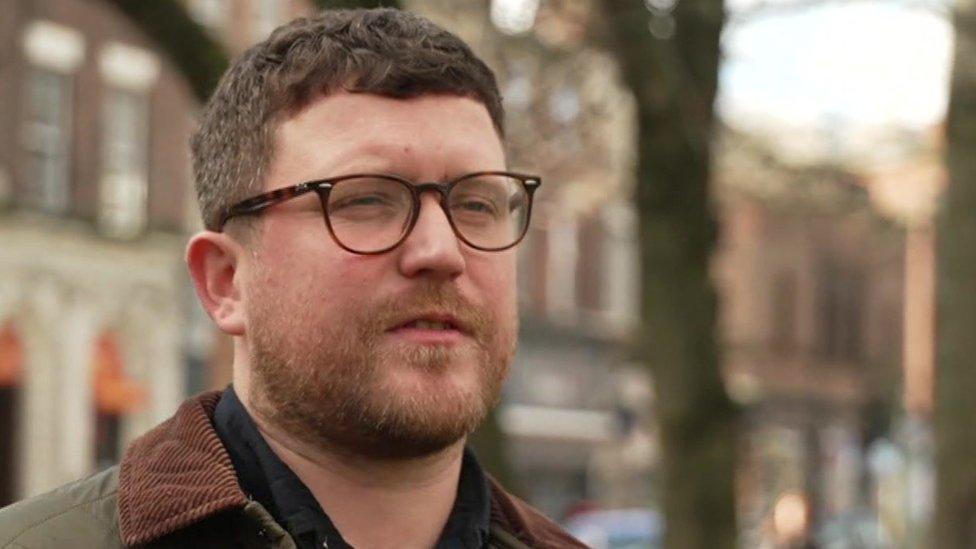Liverpool air pollution: Toxic air levels monitored on Bonfire Night
- Published

Researchers will see how Bonfire Night affects air quality across Liverpool
Researchers from the University of Liverpool will monitor air quality over the weekend to see how Bonfire Night affects the air quality and how long any extra pollution takes to disperse.
Forty sensors have been installed across the city.
Every 30 minutes they measure microscopic particles in the air, produced by car exhausts, tyres and brakes, industry and bonfires.
An interactive map will show where pollution is worst.
It will reveal pollution levels in real-time from Speke to Bootle and other key city centre locations.
The World Health Organization said 99% of the world's population was exposed to air pollution levels that exceeded its guideline level, external and could lead to stroke, lung cancer and heart disease.
As well as the fixed sensors the team also have a bike fitted with a monitor to collect data.
The sensors are part of the university's Liverpool Clean Air project to better understand the city's pollution.

Dr Jonny Higham said the research will help the team "understand how these pollutants flow and mix across the open environment".
Dr Jonny Higham said: "We know that Bonfire Night is a major contributor to air pollution across the city lifting levels to well above recommended limits.
"Over the next few nights I know we're going to see a lot more pollution across the city.
"Air pollution itself is a real mess and it's really hard to understand how it moves around the city.
He said it would help the team "understand how these pollutants flow and mix across the open environment".

Why not follow BBC North West on Facebook, external, Twitter, external and Instagram, external? You can also send story ideas to northwest.newsonline@bbc.co.uk, external
Related topics
- Published26 April 2019
